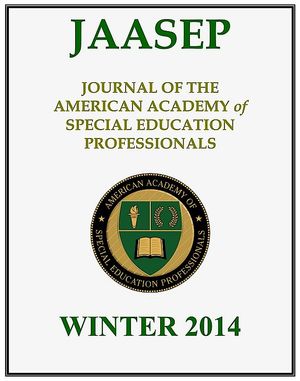$5.95
Fluency Matters-Students Becoming Fluent Readers Using Research Based Practices in Under an Hour
Abstract
All too often fluency is a neglected component to reading instruction and the curriculum, even though there is research supporting the fact that fluency builds comprehension and is a strong predictor of future academic achievements in the classroom. This study was designed to test the validity of using research based fluency strategies in the classroom through small-group targeted instruction and the benefits it carried in developing fluency. This model follows the fluency development lesson (FDL) implemented one day a week, for 55 minutes of instruction in a small group fourth grade setting (Rasinski, Linek, & Sturtevant, 1994). The goal was to prove that implementing targeted fluency instruction into the regular reading curriculum had substantial benefits on students’ word recognition automaticity and accuracy. In addition, the increase in these two fluency areas, will result in an increase in the students’ comprehension levels that can be transferred across grade level texts.
Key Words: Fluency, word recognition automaticity, word recognition accuracy, targeted instruction, FDL



